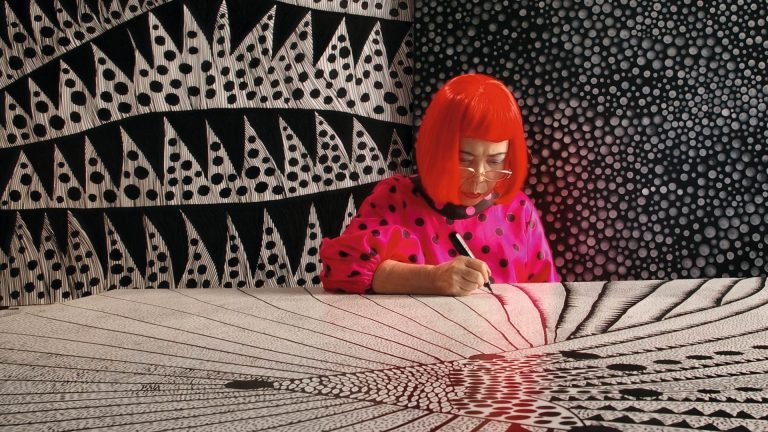Looking at the paintings is even more interesting when you know the secrets they keep. The movie Bonnard, Pierre and Marthe gives a fresh perspective on the artist’s works.

Maria Boursin, also known as Marthe de Meligny, or the “nude in the bath”, was painted by Pierre Bonnard 385 times. Which muse of a great artist has been luckier? Nevertheless, Bonnard’s friends and family were not quick to praise “this woman”, Marthe. So, what was the issue?
In 1893, Bonnard, at 26, was a promising painter and was the heart of the Les Nabis group, which comprised artists advocating for the “liberation of color”, including Maurice Denis, Jean-Édouard Vuillard, Paul Sérusier, and of course, Pierre himself. Unlike many of his friends, Bonnard was not financially dependent — his father, a military official, permitted him to pursue painting and funded his ventures. Bonnard was captivated by the vibrancy of Parisian streets and, naturally, Parisian women. One day, he spotted a beauty with delicate features stepping off a horse-drawn tram. “Would Mademoiselle like to pose for me?”

They quickly became lovers, but the young woman didn’t know how long this relationship would last, so she created an appealing myth for Bonnard — she was a 16-year-old impoverished noblewoman named Marthe de Meligny. In reality, Maria Boursin, a 24-year-old carpenter’s daughter, had just moved to Paris from the countryside, worked at a funeral home making artificial flower wreaths, and was seeking a suitable man for marriage. She soon understood that Pierre Bonnard, due to his profession and personality, was far from the ideal husband. But they were in love. Marthe decided to take a chance on their relationship and see where it would lead.
The pretend aristocrat had no desire to join the Parisian bohemia, knowing she would always be seen as “Bonnard’s girl” by the artists. Marthe simply pulled Pierre away from that circle and then insisted they leave Paris altogether. She was afraid of open spaces and had numerous other neuroses, which she treated by taking baths. Even aristocrats of that time didn’t bathe as frequently as this carpenter’s daughter did — she would lie in the bath for hours on end, multiple times a day, while Bonnard painted her. He didn’t introduce her to his friends or his parents. Although Marthe’s true age was revealed quite quickly, her real name and background remained a mystery for almost 30 years.

Years went by and they continued living together — initially in rented provincial houses along the Seine, then in their own house in a scenic garden near Vernon, a short drive from another hermit, Claude Monet in Giverny. Bonnard’s entire life revolved around Marthe — in all his works, she was always depicted as young, with a girlishly attractive figure, ready for any mischief.
At one point, Marthe decided that the great Pierre Bonnard belonged only to her, and allowed her artist to travel — not only to Paris for exhibitions and business, but also abroad, to Italy, Spain, America, England, Belgium, Tunisia. However, he always came back to the tranquil rural pleasures, fishing, dachshunds, picnics. And he seemed to give absolutely no reason for jealousy.

Yet, history repeated itself — Bonnard met Renée Monchaty, a young blonde artist who was young enough to be his daughter, and asked her to pose… In the summer of 1921, he officially asked Monchaty to marry him. Upon hearing this, Marthe presented Bonnard with an ultimatum — “Either you marry her and I leave, or you marry me and she can do as she pleases.” Pierre chose Marthe. Renée Monchaty took her own life a month after their wedding. Legend has it that Bonnard discovered her in the bathtub, but in reality, Renée shot herself in her bed, which she had adorned with flowers beforehand.
Pierre survived Marthe by five years — he passed away in January 1947 at the age of 79. He painted his final nude in the bath shortly before his wife’s death, Marthe is depicted as young and stunning. Ultimately, her predictions were correct, and she is remembered in history as the muse of a renowned artist who fabricated a legend of her own. However, it wasn’t without flaws. Following Bonnard’s passing, his heirs legally reclaimed Marthe’s fake aristocratic surname de Maligny, which she had used for a long time while living with the painter. Consequently, not a single Bonnard canvas was inherited by her nephews. And now, who can definitively say if that decision was fair or not.
Photo: art.com; gallerix.org; arthive.com; Press Office


